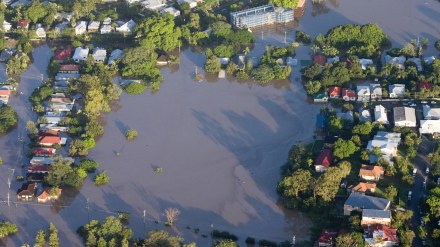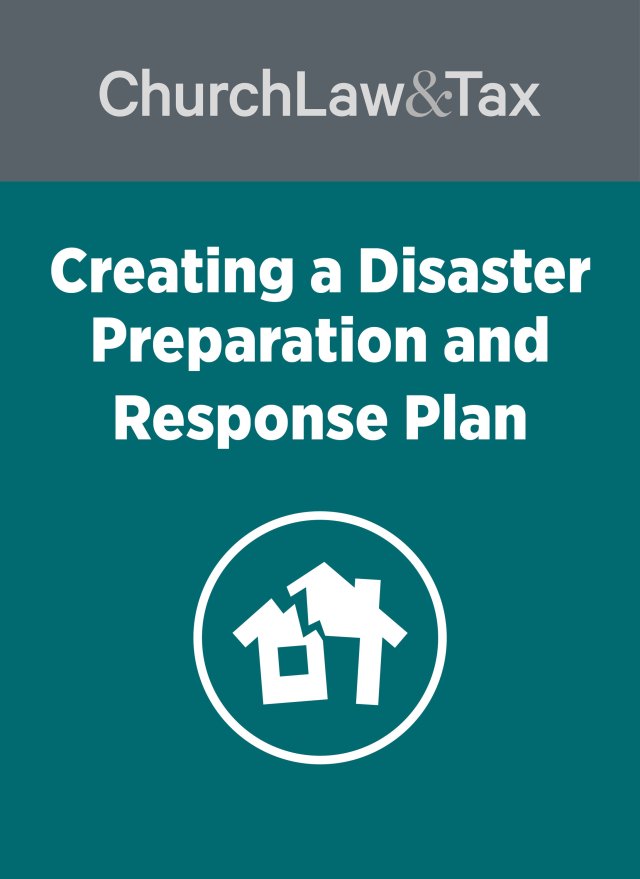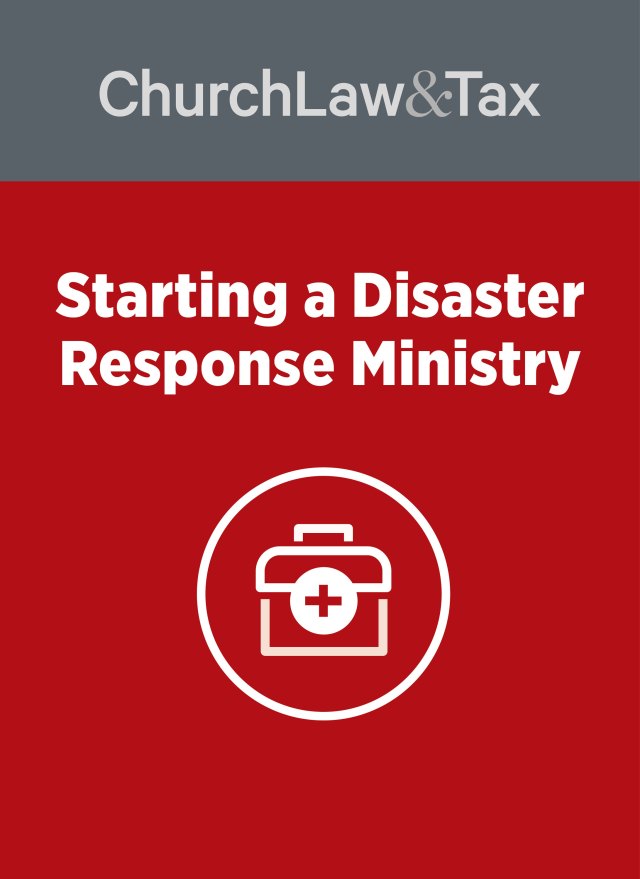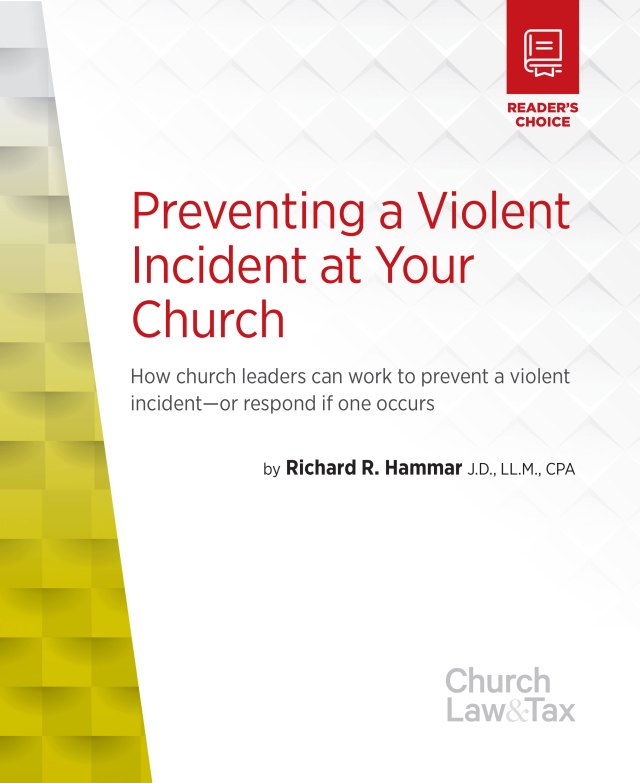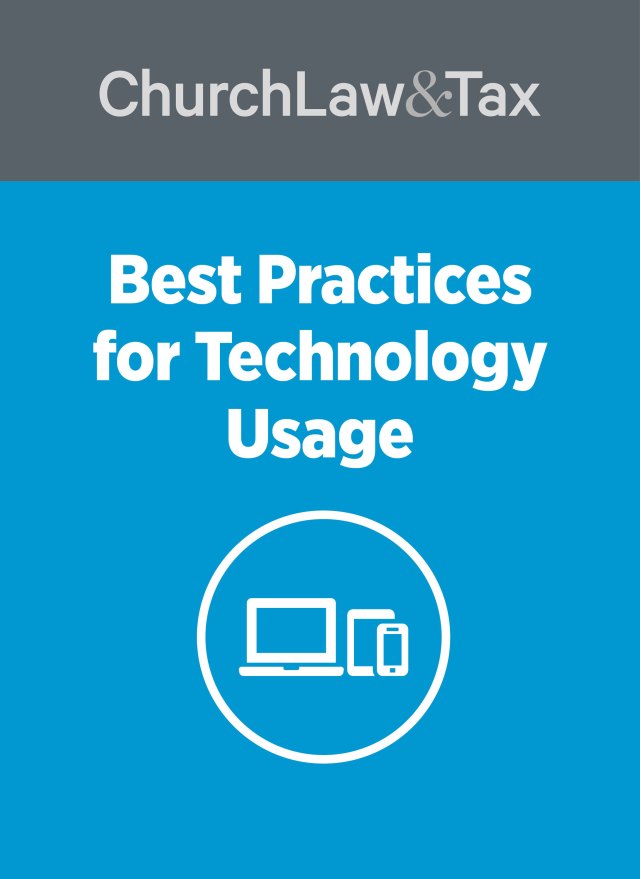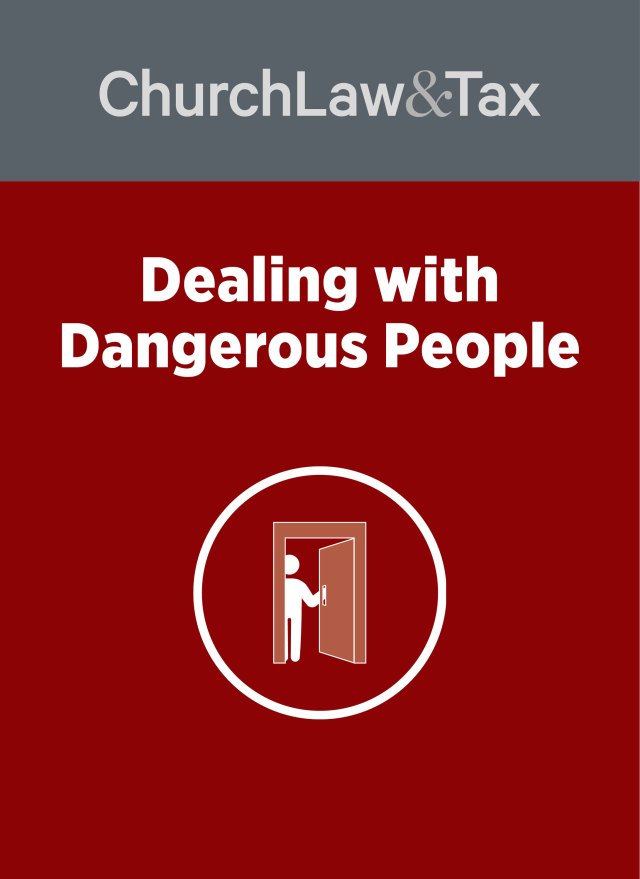Editors’ Note: This is the first in a new column by psychologist and disaster ministry expert Dr. Jamie D. Aten who serves as the Rech Endowed Chair and Associate Professor of Psychology at Wheaton College in Wheaton, Illinois.
If your church’s doors are open after a disaster—even if your church isn’t left physically standing—it’s likely people will seek help from your church.
However, I’ve found few churches are truly prepared to respond to disasters that may occur, especially in their own backyard.
I’ve interviewed church leaders about disaster ministries all over the globe, and I’ve found a common barrier to getting started: many don’t know where to begin. That’s why, in this column, I provide some simple steps for laying a foundation for developing a successful disaster ministry.
Start with Prayer
Start by spending time reflecting in prayer about how God might use your church in the event of a disaster. Prayerfully consider how your church’s unique resources and current ministries might be used to help those in need. Also, pray for guidance about how the most vulnerable in your congregation and community might be helped: that God would open your eyes to opportunities to help.
I’ll never forget meeting a church lay leader from the South Side of Chicago at our first annual Disaster Ministry Conference. She pulled me aside after one of the plenaries to share how she felt led to help address the gang and gun violence plaguing the neighborhoods surrounding her church. To her surprise, her prayers had led her to a conference on disasters, of all things. She went back home and applied what she had learned at the conference to address public violence. Over time, this church’s disaster ministry evolved, and it now includes public health emergency preparedness.
All of this started with a prayerful leader who felt called to address an unmet need in her community.
Build on Theological Tradition
The way your church prepares, plans, and responds to disasters should be built on your theology. I have found, however, that a lot of churches have not connected the “dots” between their theology and their disaster ministries.
Maybe your church has never had a sermon series or small group discussions about faith and disasters. The good news is that your church probably has at least an indirect theological foundation for grappling with common problems caused by disasters. For example, your church has likely spent a fair amount of time grappling with topics like suffering or how to use your abilities to help others in times of need.
For example, a large Southern Baptist church along the Mississippi coast started a chainsaw ministry in the wake of Hurricane Katrina. Their theology suggested that God had provided each of them with a gift that could be used to help those affected by this horrendous storm. It just so happened that in this case, many of the members of the congregation worked as chainsaw operators among the vast pine forest farms. They played an important role in the recovery process by removing trees from homes, yards, and roads—and in doing so, they shared the gospel and witness of Christ.
If your actions are not directly guided by your beliefs, your disaster ministry will likely struggle to get off the ground. Follow the lead of this Southern Baptist church and look for ways to put your values into action.
Know Your Strengths
Start with what your church already does well. Determining the skills and resources within your congregation will allow you to determine what is possible for your church’s disaster ministry. Consider your church’s unique resources that can be leveraged for a disaster ministry. This might include everything from physical resources, such as space or food preparation, to the talents and gifts of the people in the pews.
If your church has a strong children’s ministry, start there. If your church has an effective shelter ministry for the homeless, start there. If your church has a meals on wheels program, start there. You get the point.
By strengthening existing ministries, you are actually building your church’s capacity for disaster ministry. Don’t feel like you have to turn your church into a “mini” relief organization. Instead, consider integrating your church’s disaster ministry into existing ministries—and prepare to pivot those ministries should disaster come.
Once you get your disaster ministry established, or if your church has more resources, then you might consider building a more technical or specialized and focused disaster ministry (e.g., starting a Community Emergency Response Team).
Engage Leadership
Your disaster ministry needs a champion: someone who is passionate about how your church can prepare and care amid disasters. A successful disaster ministry begins (and ends) with leadership. This involves getting key congregational leadership on board with your vision for a disaster ministry. It also encompasses identifying and developing the right leaders to help you carry out your disaster ministry.
I have found, in many cases, that the average senior church leader is already overwhelmed with a wide range of responsibilities. It can be hard for senior leadership to take on yet another role and ministry; thus, it may be actually be easier (and better) for a lay leader with a heart for serving others in times of crisis to take the lead in getting your disaster ministry started.
I’ve found Convoy of Hope’s approach to engaging church leaders around a disaster ministry helpful. Here it is in a nutshell:
- Get the senior leadership of the church on board with starting a disaster ministry;
- Identify a disaster ministry coordinator;
- Establish a disaster ministry team (make sure your team represents your membership and ministries); and
- Engage influencers in your congregation to get others excited about what you are doing.
- Don’t Reinvent the ‘Wheel’
- I’ve lost track of how many churches I’ve worked with who have spent an incredible amount of time and money on developing new disaster ministry resources when they didn’t have to. A common challenge I’ve seen is that many disaster ministry leaders “burn out” before they get started. One way this can be avoided is by not reinventing the wheel. There are actually a lot of great existent resources out there to help you get started.
- Start by contacting local officials or other churches or organizations with a track record of doing disaster work. In my experience, law enforcement, emergency management, fire departments, and public health departments can be extremely helpful in identifying resources. In fact, most churches do not realize that many of these local civil organizations actually have someone on staff who serves as liaison to the community, which includes working with churches.
- There are also a number of excellent Christian relief groups, community organizations, and government agencies with some helpful tools that can be used for starting disaster ministries. A quick Google search, and you’ll be on your way.
- This isn’t to say your church shouldn’t develop new resources or ways of going about disaster ministry. I’m all for innovation (and I encourage it). Just make sure you do your homework first so you don’t unnecessarily sink a lot of effort into creating something that’s already out there.
- Network
- Building a network of collaborators is essential to establishing a strong disaster ministry. If you are following the steps I’ve outlined so far, then you will already be ahead of the curve in the networking department—including working with local first responders. Many disasters are way too big for any one church to be able to handle alone. By working together, we can leverage our strengths and callings.
- Start by looking for existing efforts that are already underway. Check out congregations and faith-based and community organizations already doing good work in your community. Do some digging and see if there are any disaster networks active in your community. If there aren’t any, starting one might be a part of your disaster ministry.
- You may also consider joining a state chapter of the National Voluntary Organizations Active in Disaster (NVOAD). NVOAD consists of major disaster relief organizations, including many Christian organizations. It is a formal network that works closely with the Federal Emergency Management Agency (FEMA) in times of major disasters and helps activate and mobilize local efforts through NVOAD state chapters.
- Churches can never anticipate when or which disaster will strike, but churches can take manageable steps to be prepared for those moments of crisis.
- Dr. Jamie D. Aten is founder and director of the Humanitarian Disaster Institute and Disaster Ministry Conference at Wheaton College (Wheaton, IL). He got his start in disaster ministry after moving to South Mississippi just six days before Hurricane Katrina struck. He has gone on to study and help churches prepare and care amid disasters all around the globe. Follow him on Twitter @drjamieaten or visit jamieaten.com.
